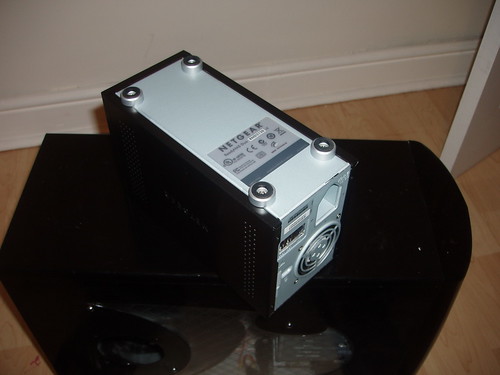Did you know that you can use Virtual TimeClock software on the web? With Virtual TimeClock's remote connectivity, there's no need to rush to the office early or stay late just to characterize time cards prior to payroll processing. In a few easy steps, you can be managing laborer time cards from in any place you have an Internet connection. Here are several ways a remote time clock can be a huge productivity booster.
- Monitor the in and out status of all workers in real-time, without having to be at the office.
- Bookkeepers and Hr personnel can process payroll from their own computer, even when they're in a completely separate location.
- Centralize time card data even though staff trip between separate office locations throughout the week.
- Keep track of hours worked by telecommuters, even if they're working in a separate city.
Virtual TimeClock uses fast and trustworthy Tcp/Ip network communications to connect computer time clocks over the Internet as well as your local firm network. There are only two technical details you need to worry about. The first is the type of Internet association at your time clock server computer location. The second is a easy configuration convert to the router managing that Internet connection.

Static Ip Address
There are two types of Internet connections available: one uses a dynamic Ip address and the other uses a static Ip address. A static Ip address is important to access your network from a remote location because a static Ip address doesn't change. Your Internet service victualer (Isp) can verify or upgrade your Internet service to include a static Ip address. Most firm networks related to the Internet have a gateway or router that allows information to come and go across the Internet while preventing outsiders from accessing the local network resources and data. This is ordinarily known as a firewall. Occasionally, an whole computer is dedicated to function as the router or gateway. Most often, the gateway or router is an reasonable hardware device from associates such as Cisco, Linksys, and Netgear.
Port Forwarding
The key to remote access is to open a singular port on the router of your server network to allow remote time clock clients to connect. The remote client talks to the router using the static Ip address assigned to your router at a designated port and the router forwards the information to the server. This is ordinarily known as 'port forwarding' or 'port mapping'. To use port forwarding, you must configure Tcp/Ip manually on the computer running the time clock server so it uses a specific Ip address rather than obtaining one automatically. The steps to set up port forwarding will vary depending on your router so you'll need to consult the user's guide that came with your router for the exact steps.
Once a port on your server's network router is set up, a time clock client can be installed at the remote location. Since the client will not be able to automatically find the remote server, the remote router's static Ip address and port are entered into the by hand association dialog. The time clock client establishes communications with the remote router, which automatically forwards all communications to the time clock server. All of the association and data transmission between the time clock client and server is fully self-operating and transparent to the user.
Using Virtual TimeClock Over the Internet